Subscriber Benefit
As a subscriber you can listen to articles at work, in the car, or while you work out. Subscribe Now
A celebration of “Black excellence.”
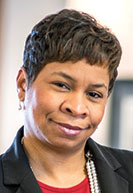
That’s the way Tanya Bell Mckinzie, a former Indiana Black Expo CEO, describes NBA All-Star Weekend, which Indianapolis will host Feb. 15-18.
And that’s not just because its centerpiece, the All-Star Game, showcases the league’s best players—most of them African American. It’s also about the way those NBA players have pushed the sport into a larger representation of Black culture, including music, fashion, art and more.
But it begins on the court.
“About 70% of NBA players are Black,” said Mckinzie, a member of the NBA All-Star Host Committee. “The showcase of this type of representation in Indianapolis is significant for our community.”
A lot has changed since Indianapolis last hosted the All-Star Game in 1985 at the Hoosier Dome. Across the past four decades, All-Star Weekend has become a cultural magnet for entertainment and fashion. It’s known as a vibrant destination among Black residents coast-to-coast.
A-list celebrities ranging from Beyoncé and Michael B. Jordan to Jennifer Hudson and Kevin Hart attended past games and helped build the event’s reputation.
Having a good time is the primary goal, say Indianapolis residents who have attended All-Star Weekend in other cities. In Indianapolis, there also will be room to salute Crispus Attucks High School, which made history in 1955 as the nation’s first all-Black high school to win a state championship.
Jeff Terry, founder of professional athlete management firm Envision Consulting, sums up All-Star Weekend as being “a lot of everything.”
“There are people who come to All-Star just to say they went to All-Star,” said Terry, who made his first trip to All-Star Weekend in 2009, when Phoenix served as host city. “And there are people who come to All-Star to go to the game. There are people who come to All-Star to party, and there are people who come to All-Star to make money. We’re going to see it all.”
Terry, a Northwest High School alum who played linebacker for Indiana University’s football team in the 1980s, plans to spend part of his All-Star Weekend at an event hosted by the Indianapolis chapter of the Commanderie de Bordeaux. He’s a member of the social wine club; one of his clients, Indiana Fever guard Erica Wheeler, is expected to be on the guest list.
It’s difficult to predict other names who might show up. Terry recalled attending 2011 NBA All-Star Weekend in Los Angeles, where one standout NFL player was the center of attention at a party.
“We went to the party, and then the party was over,” Terry said. “My wife said, ‘OK, let’s go.’ I said, ‘Hold on for a minute.’ Everybody left the party, and it became a whole different party with NFL players. Often there’s a party within the party.”
Terry encourages Indianapolis residents to be open and non-judgmental when All-Star comes to town. Some visitors might wear more revealing outfits than are typically seen downtown, he said. Enthusiastic crowds are expected to catch performances by emerging rappers who have yet to reach the mainstream. And the Commanderie de Bordeaux will pour “high-end wine that only touches a few people,” Terry said.
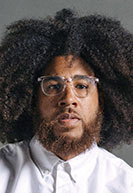
“Indianapolis is on that cusp of trying to decide whether we want to be a big city or do we want to be a small city with big-city dreams?” Terry said. “An NBA All-Star Game, unlike the Super Bowl, brings a whole bunch of different people and different things happening.”
Alan Bacon is co-founder of GangGang, an Indianapolis-based cultural firm that promotes Black artists and pursues recognition of Black culture for its role in shaping the United States.
Bacon characterized the NBA as a “big cultural incubator.” Players influence fashion through clothes they wear when arriving at arenas, and countless hip-hop songs include lyrics inspired by players.
“From the Fab Five to Allen Iverson, there have been moments in basketball history where you see the artistry of Black culture really strong and present,” Bacon said. “It’s our culture, and it’s beautiful to see that on the scale of how we see players in the NBA.”

Hip-hop and hoops
Although artist lineups have yet to be announced for the All-Star Game’s halftime show and most NBA Crossover concerts at the Indiana Convention Center, the hip-hop genre will likely play a starring role.
The 2011 halftime show in Los Angeles represented a breakthrough for rappers at the All-Star Game, with appearances by Drake and Kanye West. In subsequent years, Nicki Minaj, Migos, J. Cole, Chance the Rapper and Lil Wayne performed during halftime.
In 2023, the All-Star Game in Salt Lake City presented a trio of Afrobeat performers from Nigeria: Burna Boy, Tems and Rema.
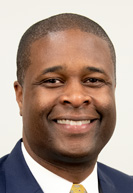
Corey Wilson, vice president of community engagement for Pacers Sports & Entertainment, said basketball and hip-hop are cutting-edge partners.
“There’s something about the beat of hip-hop and other associated music that just goes with the flow and the cadence of the game,” said Wilson, a member of the NBA All-Star 2024 Host Committee. “It’s fast-paced; it’s high-energy. And it’s always going to be new and inventive.
“If you’re playing [basketball] and doing the same move you were doing a couple of months ago, somebody’s going to figure that out,” he said. “Similar to music, if you’re listening to the same song from six months ago, somebody might say you’re a little bit dated. Basketball goes hand in hand with hip-hop and other associated music: You want to be with the latest and the greatest.”
When asked if the NBA has embraced hip-hop in recent years, GangGang’s Bacon replied that the league has embraced its players.
“A lot of the feel and the aesthetic of the NBA is supporting and embracing the players, which allows players to be themselves and to be artists outside of being athletes,” he said.
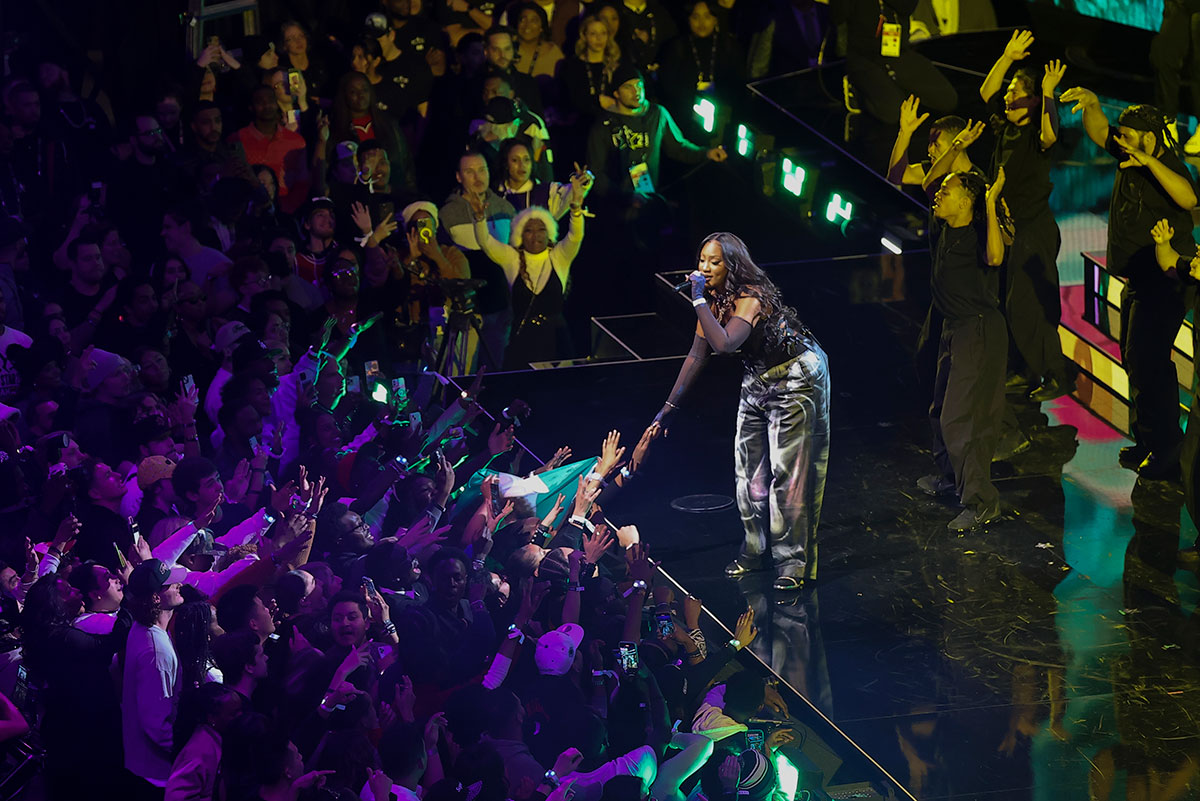
And because Black players make up 70% of the league, the NBA—more than any other sport—is an extension of Black culture.
That’s highest among professional sports leagues: 56% of the athletes in the NFL are Black, 22% in Major League Soccer, 6% in Major League Baseball and 4% in the National Hockey League.
In the United States, Black residents make up 14% of the population. In Indianapolis, it’s 29%. And among the 28 cities where NBA teams play, Indianapolis ranks No. 10, tied with Chicago, for percentage of Black residents.
Bacon said Indianapolis musicians will have chances to be seen and heard during All-Star Weekend.
“We’re excited about the opportunity to showcase our talent and the culture of Indianapolis,” he said. “We can honor and preserve the history of Indiana Avenue but also talk about the spirit of Indiana Avenue that exists right now.”
In the mid-20th century, the music scene of Indiana Avenue produced jazz icons such as guitarist Wes Montgomery, trumpet player Freddie Hubbard and trombone player J.J. Johnson.
“Because It’s part of our ancestry, it continues to live in us,” Bacon said. “The spirit is still alive. There’s still activity and energy. That ancestral connection is 400 years of slavery and the diaspora and what we’ve brought from our native homeland to this country.”
Oscar’s ovation
Late trombone player Johnson attended Crispus Attucks High School a few blocks east of the intersection of West 10th Street and Indiana Avenue.
Basketball phenom Oscar Robertson, now 85, was more than a decade younger than Johnson. Robertson led Attucks to consecutive state high school championships in 1955 and 1956. No Indianapolis school had won the Indiana title from the tournament’s founding in 1911 through 1954.
Pacers executive Wilson said his mother, a Washington High School alum, talked about the Attucks teams when he was a youngster.
“The passion for the game is one that is unparalleled in other states,” Wilson said. “When you think about the Black community, going back to the days of the Dust Bowl [a dirt basketball court at low-income-housing complex Lockefield Gardens, where the city’s best basketball players developed their skills], the Crispus Attucks High School championships with Oscar Robertson and the success of the ABA Pacers teams, it’s in the DNA of our culture. Those stories are passed down.”
A new adaptation of the Attucks basketball story will arrive with “A Touch of Glory,” a play scheduled to premiere Feb. 9 at Crispus Attucks High School, 1140 Dr. Martin Luther King Jr. St., and be presented five additional times through All-Star Game day, Feb. 18.
Robertson, who won an Olympic gold medal in 1960 and an NBA title with the Milwaukee Bucks in 1971, participated in All-Star festivities when Indianapolis hosted the game in 1985. The NBA All-Star Legends Classic, an old-timers game discontinued in 1994, shared the bill at Market Square Arena with a memorable slam dunk contest in which Dominique Wilkins defeated rookie Michael Jordan in the final round.

During the Legends game, Robertson was a teammate of former Pacers Mel Daniels and Roger Brown on a squad coached by Bobby “Slick” Leonard.
Deon Levingston, regional vice president of media conglomerate Urban One, said Robertson is expected to attend multiple events during this year’s All-Star Weekend, including one presented by WTLC-FM 106.7 owner Urban One.
Levingston said it’s significant that All-Star Weekend happens during Black History Month, specifically because of Robertson’s efforts to end the NBA’s contractual reserve clause and pave the way for free agency.
An antitrust lawsuit, known as Robertson vs. National Basketball Association, was filed in 1970 and resolved in the players’ favor in 1976—two years after Robertson retired.
“He laid the foundation for the type of status that NBA players have right now,” Levingston said.
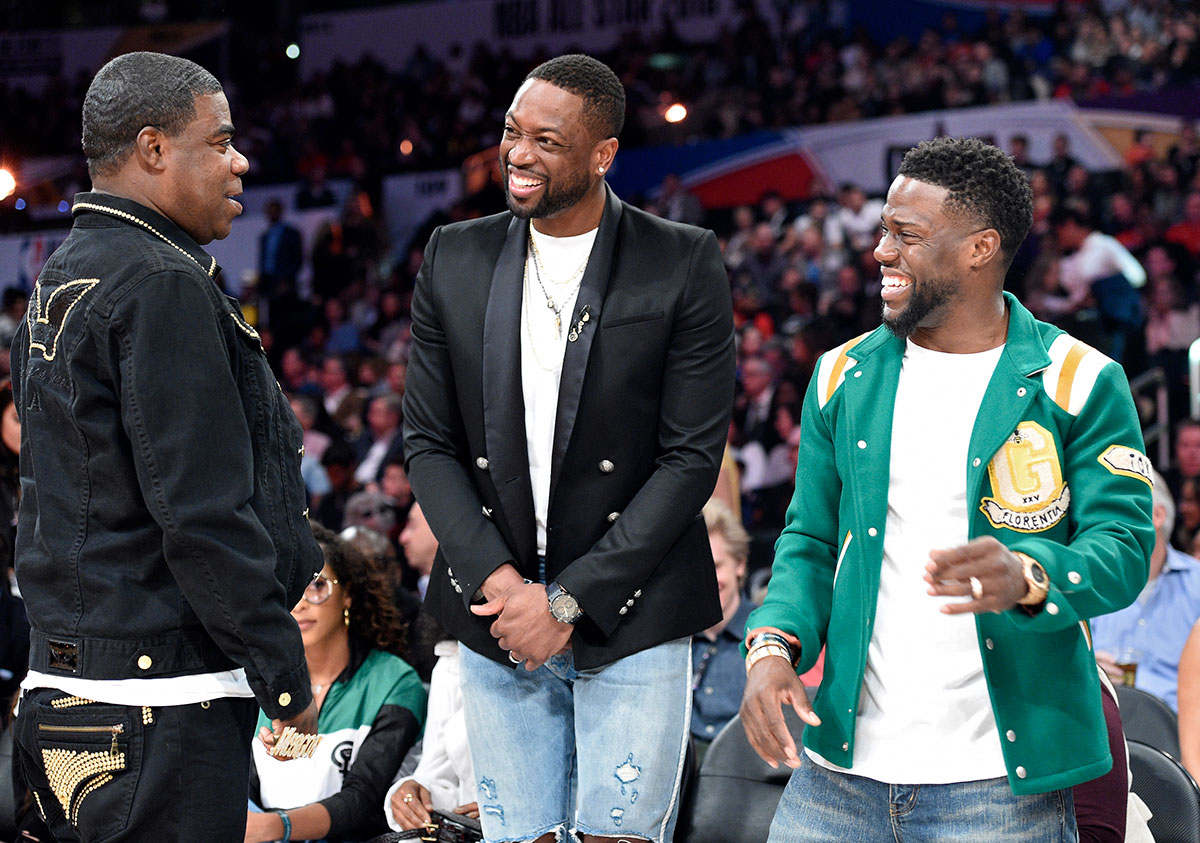
After the final buzzer
Christamore House, a community organization at West Michigan and Tremont streets that serves near-west-side residents, is one of seven Indianapolis entities to receive funding as part of the 2024 NBA All-Star Legacy Project.
Funds will be used to renovate Christamore House’s 100-year-old basketball gym and to add a fitness center and a learning center for science, technology, engineering and math, or STEM, activities.
“It will be a project that shows we’re not just here for the weekend,” said Wilson, the Pacers executive.
Tedd Hardy, a Central Indiana Community Foundation community ambassador who represents the Haughville neighborhood on the near-west side, said he plans to show off Indianapolis to visitors during All-Star Weekend. He’s unsure, however, of what will follow.
“Some people’s businesses are going to thrive,” Hardy said. “Some people are going to fail, and some people are going to need help maintaining the light they get during All-Star.”
Hardy, an alum of Ben Davis High School who played pro basketball in England and Mexico, has promoted hip-hop events in Indianapolis for more than a decade.
“How do we, as entrepreneurs, thrive after this big wave of things? Everybody seems to be structuring their everything around All-Star,” Hardy said. “But it’s only going to be here for four days, in and out. I love and appreciate it. I just want to be ahead of the curve.”
 GangGang co-founder Bacon said an impressive display of culture by Indianapolis during All-Star Weekend can translate into confidence to fuel future achievements.
GangGang co-founder Bacon said an impressive display of culture by Indianapolis during All-Star Weekend can translate into confidence to fuel future achievements.
“The leave-behind will be the feeling of what we can achieve and do together,” said Bacon, whose not-for-profit organizes the annual Butter fine art fair and announced this week Janelle Monáe and Gary Clark Jr. as headliners of a new Black music festival titled I Made Rock ’n’ Roll.
“We’re leveraging these opportunities, and we’re growing as a city,” he said. “People are taking chances. A city is a dreadful place when its creatives aren’t dreaming. We have people dreaming.”
Bacon and Malina Bacon, his wife and GangGang co-founder, serve on the host committee’s arts and entertainment committee.
He said a sizable number of volunteers make it possible for the city to welcome the expected 125,000 visitors during All-Star Weekend.
The city has “company coming over, and I think everybody’s getting ready,” Bacon said. “It’s an exciting moment.”•
Please enable JavaScript to view this content.

It’s all fine, but could you imagine the outcry if it , or anything, was called ‘the white experience’.?
You are so right….Goes along with White Expo….
You’re trying too hard. You’re not a victim.
Most off court all star, special occasions have been all-white.
You’ll be ok!
Don’t expect IBJ employees or their readers to acknowledge their racism. Also worth noting the author is a Gannett refugee
Black people aren’t victims either, Pat. Least of all members of the NBA, most of whom are making at least six-figure salaries (if not seven or eight-figure). Do you really think LeBron James has it rough?
And if racism were as systemic as the wokies would have us believe, how could the NBA even sustain itself when it has been >50% black for decades yet still gets a sizable proportion of its audience base from middle-class white people?
There is. It’s called Irish Fest, Greek Fest, Italian Fest, Oktoberfest…
.1+
None of those entities receive money from taxpayers…..
Clark – most are 501c3S – so not paying taxes on revenue is the exact same thing as getting paid by taxpayers…
There’s Jamaica fest, Ghana fest, Nigeria fest, Mali fest. Those are more reasonable equivalents and they are based on elevating a national heritage…which is far less overtly racialist than elevating black culture. And no, there isn’t an equivalent for whites, nor should there be.
Oops, did I forget to capitalize the “B”? It must be because I’m racist. Oh well! 😉
Don’t forget Hallie Bryant
What’s the over/under on the number of shootings Downtown during All Star weekend?